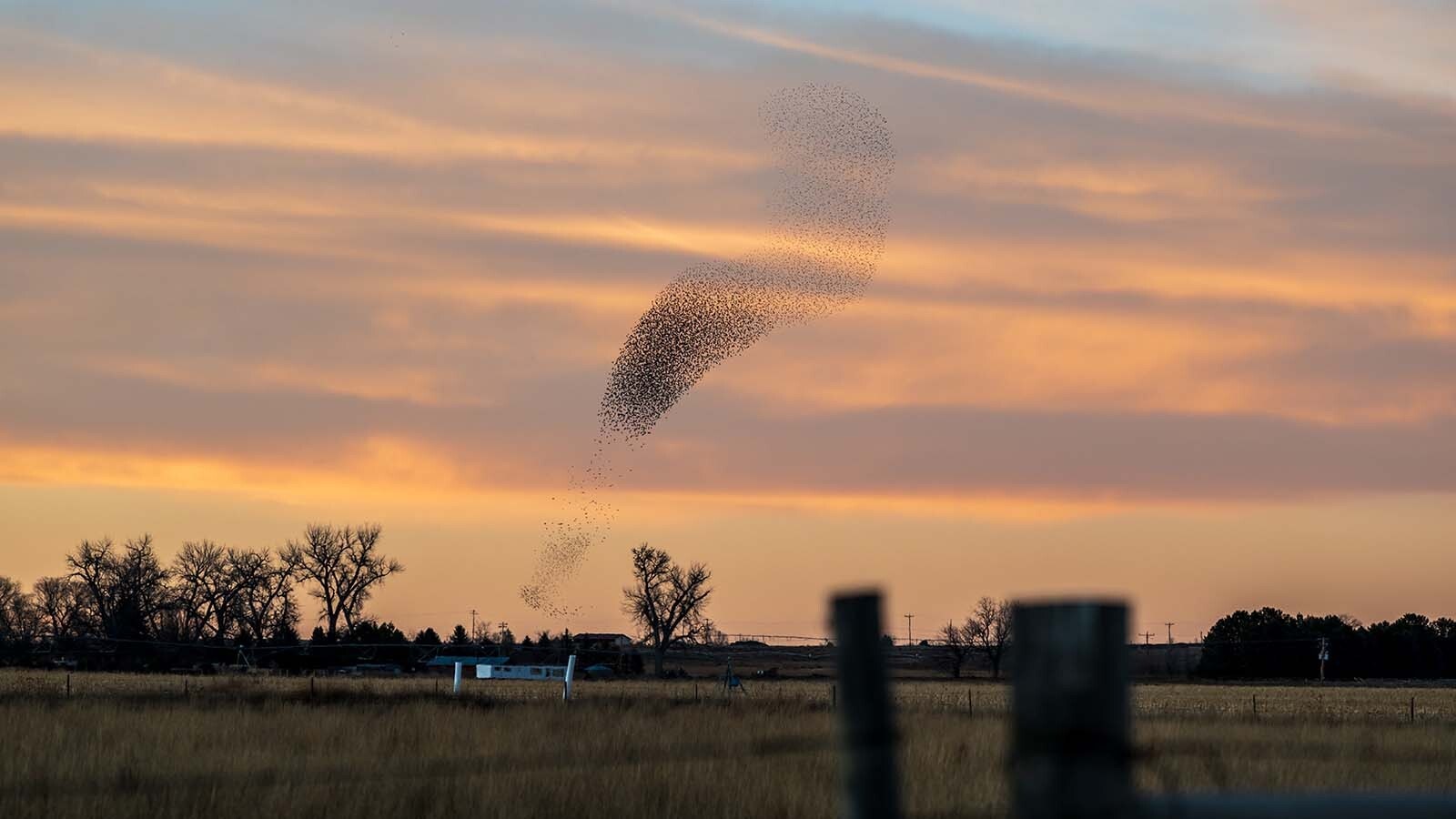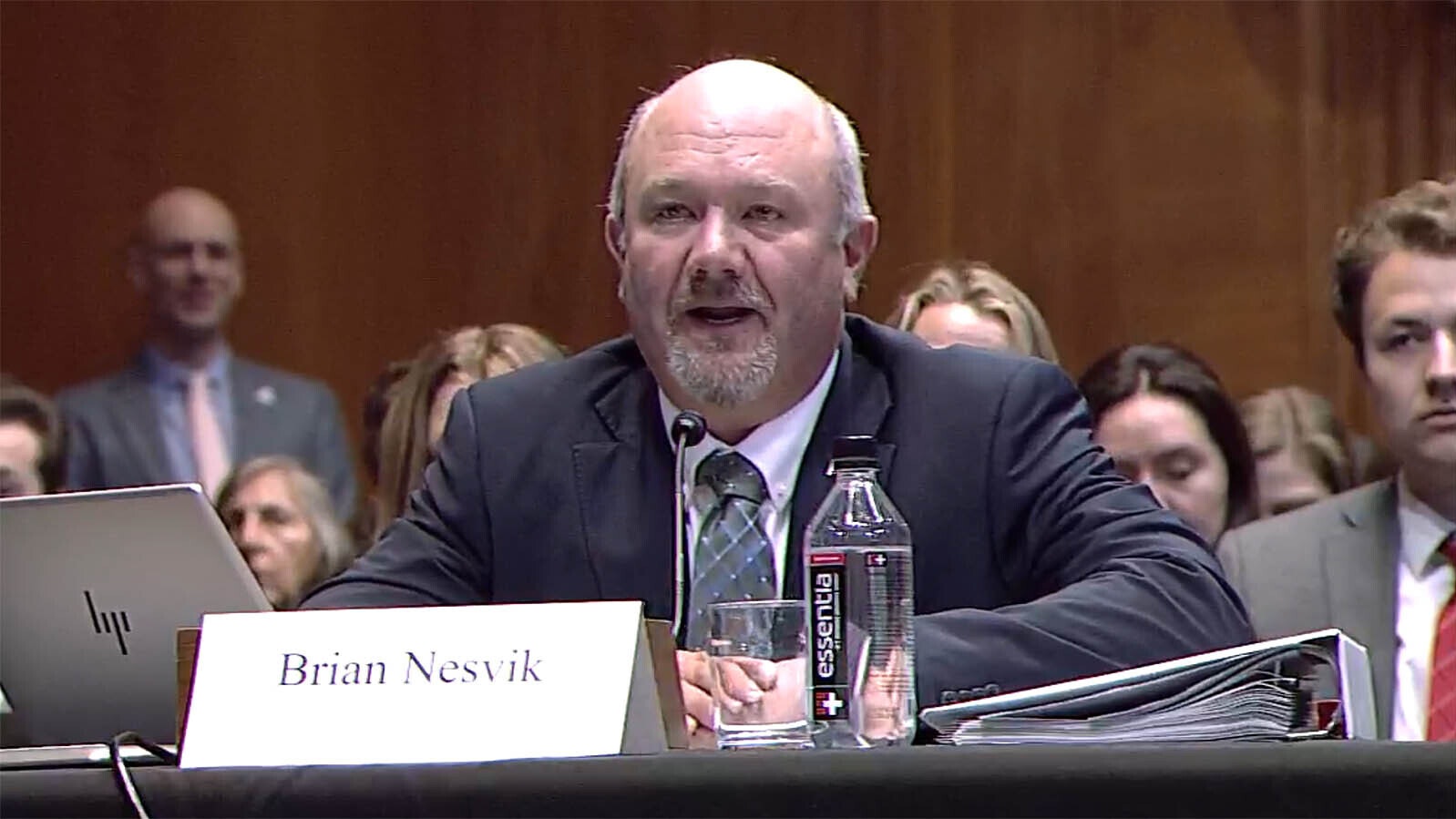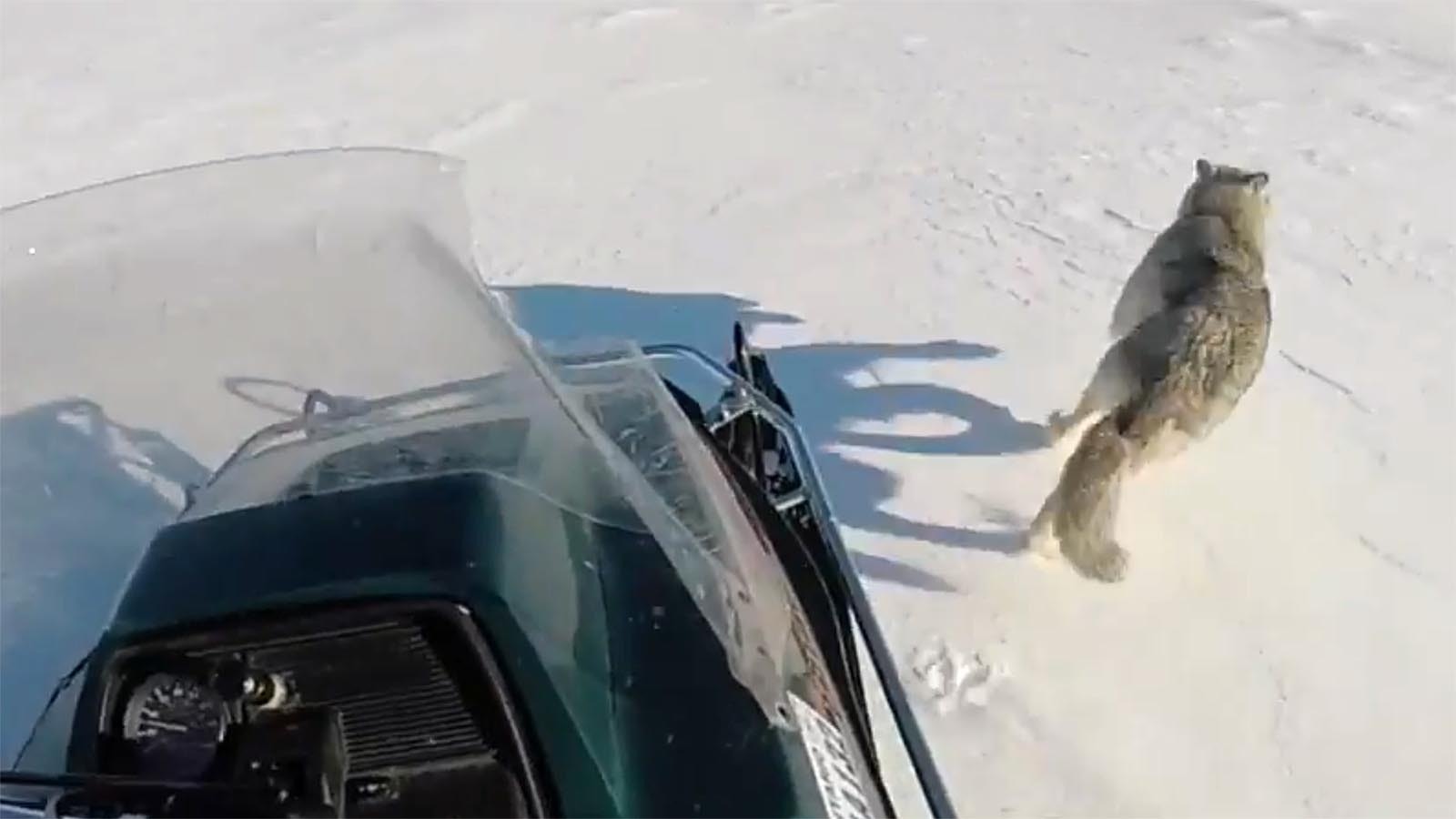The Wyoming Department of Transportation wants to train an all-seeing eye on the infamous avalanche paths of Hoback Canyon.
That way highway officials will be alerted 24 hours a day as soon as snow or anything else starts to move downhill, even during extreme weather when visibility is limited and conditions change fast.
"The biggest thing about this system was the speed in which we could close the road," WYDOT spokesperson Stephanie Harsha told Cowboy State Daily. "That would save a lot of drivers if we could close it and eliminate that factor of people being in the canyon when that happens."
Avalanche radar uses sensors to continuously monitor avalanche paths and detect the movement of snow, ice and debris.
Unlike traditional methods that rely on human observation and weather data, the radar system can operate around the clock in any weather conditions, providing real-time alerts when avalanches happen.
WYDOT plans to use this technology specifically to monitor the notorious Cow and Calf of the Woods avalanche paths in Hoback Canyon, which have proven particularly challenging to predict using conventional methods.
Also, the radar system detects not only snow avalanches but also rockslides and debris flows that threaten the highway throughout the year.
"Obviously, that would help, especially in springtime where we do have that runoff and detecting any movement as far as landslides or mudslides or that sort of thing,” said Harsha. “But the biggest danger would be the wintertime."
Ongoing Battle
The technology represents another upgrade to WYDOT's anti-avalanche arsenal, which included a 105 mm Howitzer for lobbing shells at snowy mountainsides up Teton Canyon to preventively trigger big slides while the highway was closed.
The department has been performing avalanche mitigation in Teton County since 1972, evolving from military artillery to increasingly sophisticated automated systems. Those include GAZ-EX exploders operational since 1992, Avalanche Guard systems since 2003, and O'BELLX systems that use a hydrogen to oxygen gas mixture for controlled explosions in Hoback Canyon.
"Our avalanche technicians are constantly monitoring that canyon, monitoring weather," Harsha noted. "And so, they put in for a grant for the installation of an automated system. It would be a radar-based detection system.
“It would be able to detect movement, especially in those starting zones and even in inclement weather, it would be able to detect that."
According to WYDOT, the urgent need for enhanced detection technology became clear after the brutal winter of 2022-2023, when the Cow and Calf of the Woods avalanche paths reached the roadway 13 times.
The paths, with starting zones located 1,800 vertical feet above the highway, frequently deposit debris piles up to 20 feet deep across the roadway.
WYDOT's seasonal summary for 2022-23 showed the department conducted 15 avalanche mitigation missions throughout the winter, with nine of those in Hoback Canyon. The avalanche team reported 31 natural or unknown-triggered avalanche events across all monitored areas, with eight full-path avalanches in the Hoback section.
U.S. Highway 191/189 serves as a vital transportation corridor for Jackson, experiencing heavy year-round use from both visitors and daily commuters.
Age Of Avi Radar
The proposed radar system will be manufactured by GeoPrevent of Switzerland and will include high-definition pan-tilt-zoom cameras alongside the radar sensors.
The system can monitor a 4-square-mile area and can automatically trigger warning lights and road closure gates when avalanche activity is detected.
“They could automatically close the road when it is detected,” said Harsha. “Those are options that they would be looking at when they install it."
A U.S. Forest Service decision memo notes that the system can be "installed on a natural rock shelf on the north side of the highway facing the Cow of the Woods and Calf of the Woods avalanche paths."
However, implementation of this cutting-edge technology faces a hurdle, as federal money for the project remains in limbo.
"They are waiting for their federal grant funding to be reviewed and unpaused," Alyssa Milo, real estate specialist with Bridger-Teton National Forest, told Cowboy State Daily.
WYDOT had been awarded federal grant funding through an Accelerated Innovation Deployment demonstration program, with the total project cost estimated at $472,450. The federal share was set at $377,960, with WYDOT providing the remaining money.
The Bridger-Teton National Forest has already approved the necessary permits for the installation, and now WYDOT staff waits for signs of movement with the money.
"We're really, really blessed to have such great avalanche technicians working in Jackson," Harsha said. "They work really hard. They're very knowledgeable, and they do a great job protecting the public from avalanche and other landslides."
David Madison can be reached at david@cowboystatedaily.com.









